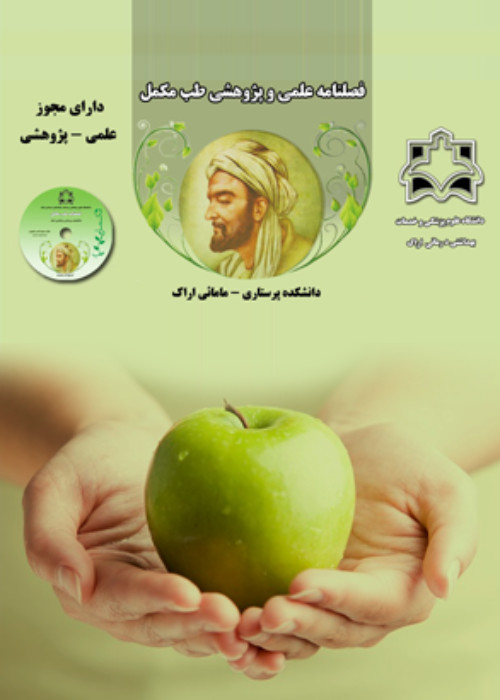Effects of Afsantin Plant on Liver Diseases From the Perspective of Three Books of Traditional Iranian Medicine (Kitab Al-Hawi, Qanon, and Zakhirah-i Khwarazm Shahi)
Recent studies have shown the positive effectiveness of Afsantin plant in treatment of liver diseases. Therefore, it may be possible to find new ways in treatment of liver diseases by examining how to use this plant based on the Traditional Iranian Medicine (TIM)
In this qualitative study, by referring to specialized libraries of TIM books in Iran and using various online resources, the terminology of Afsantin plant was first studied based on TIM. After knowing the different names of this plant, they were searched in various medical books, especially the three famous TIM books of Kitab Al-Hawi, Qanun and Zakhirah-i Khwarazm Shahi. Then, different medical prescriptions related to Afsantin were extracted from these books and different applications of this plant in diseases, especially liver diseases, were recorded and coded in Excel software. Then, articles that reported the medicinal applications of Afsantin plant in treatment of liver diseases were searched in online databases such as PubMed, Google Scholar, MagIran, Irandoc, IranMedex . The collected data were finally analyzed and compared with the data obtained from the TIM books.
Ancient Iranian physicians had described various types of liver disease in their works. The Afsantin plant been used alone or in combination with other substances in three books (Kitab Al-Hawi, Qanon, and Zakhirah-i Khwarazm Shahi) in 179 prescriptions for treatment of different diseases mostly for liver inflammation (23%), jaundice (20%), ascites (19%), and liver disease (18%). The most common form of administration of this plant was oral form (80%) followed by topical form (20%). In combined forms of use, lavender (30.2%), lemongrass (24.6%), anise (17.3%), Chinese rhubarb (17.3%), rose (16.2%), saffron (15.1%), Maghsoul (14.5%) champignon (14%), and Agrimonia eupatoria extract (14%) had been mostly used along with Afsantin to enhance the therapeutic effect of Afsantin or eliminate its negative effects on the body. The examination of modern medicine articles also revealed the sufficient knowledge of the authors of these books about liver diseases. The results of comparison showed that primary liver diseases such as hepatitis and alcoholic and non-alcoholic liver diseases were in the same category as primary diseases and initiators of liver diseases, i.e. bad mazaj, and ascites was equivalent to cirrhosis plus ascites.
Considering the frequent use of Afsantin by famous TIM physicians and the consistency of their findings with modern medicine in terms of treating liver diseases, it seems that if the effect of this plant on liver diseases based on TIM be studied more widely and the results of this study be evaluated by the standards of modern medicine, new solutions can be achieved in the treatment of liver diseases.
- حق عضویت دریافتی صرف حمایت از نشریات عضو و نگهداری، تکمیل و توسعه مگیران میشود.
- پرداخت حق اشتراک و دانلود مقالات اجازه بازنشر آن در سایر رسانههای چاپی و دیجیتال را به کاربر نمیدهد.


